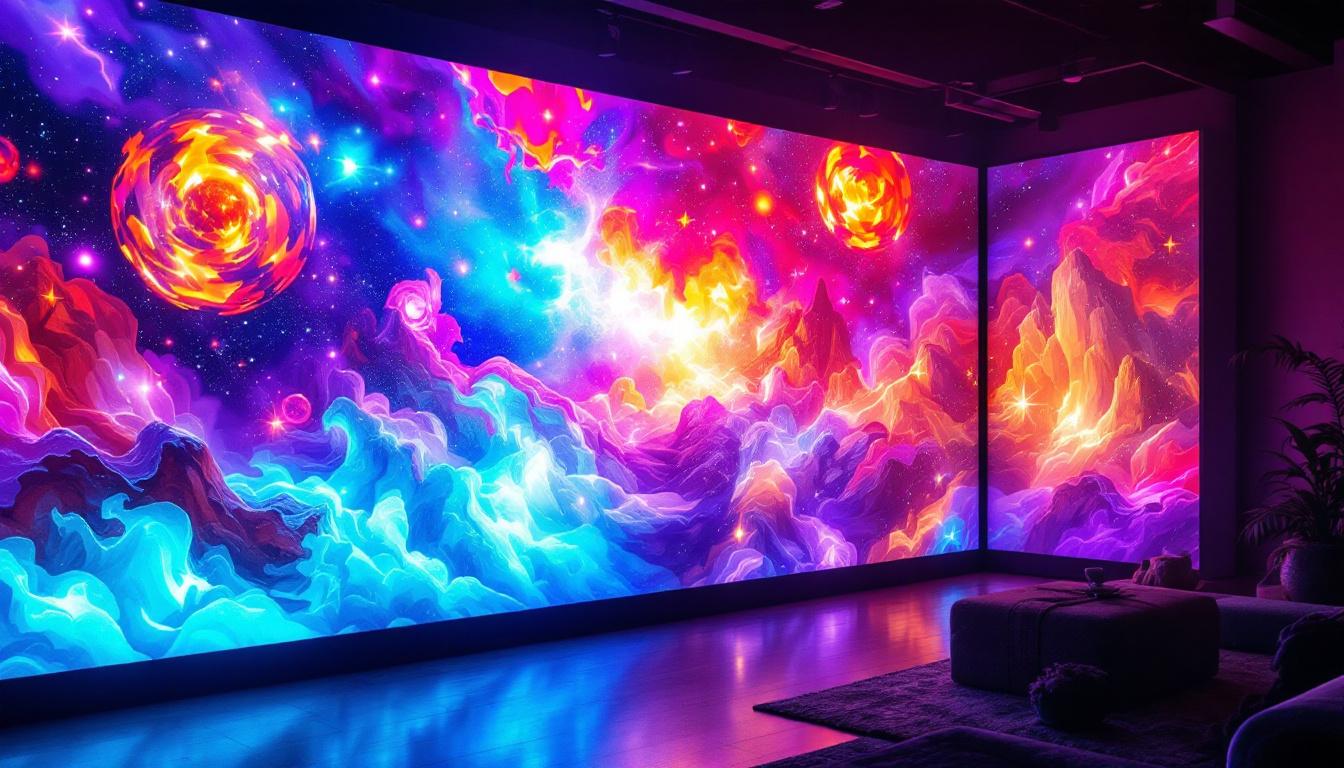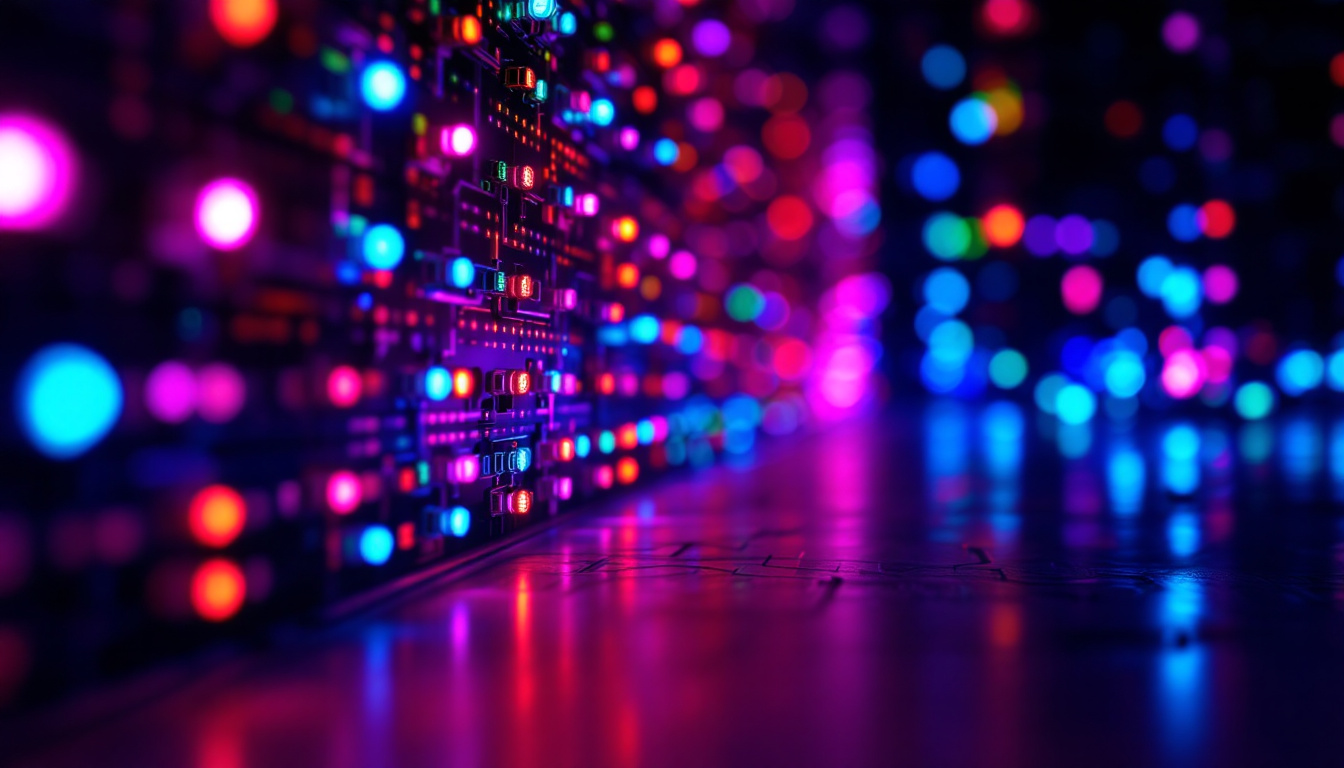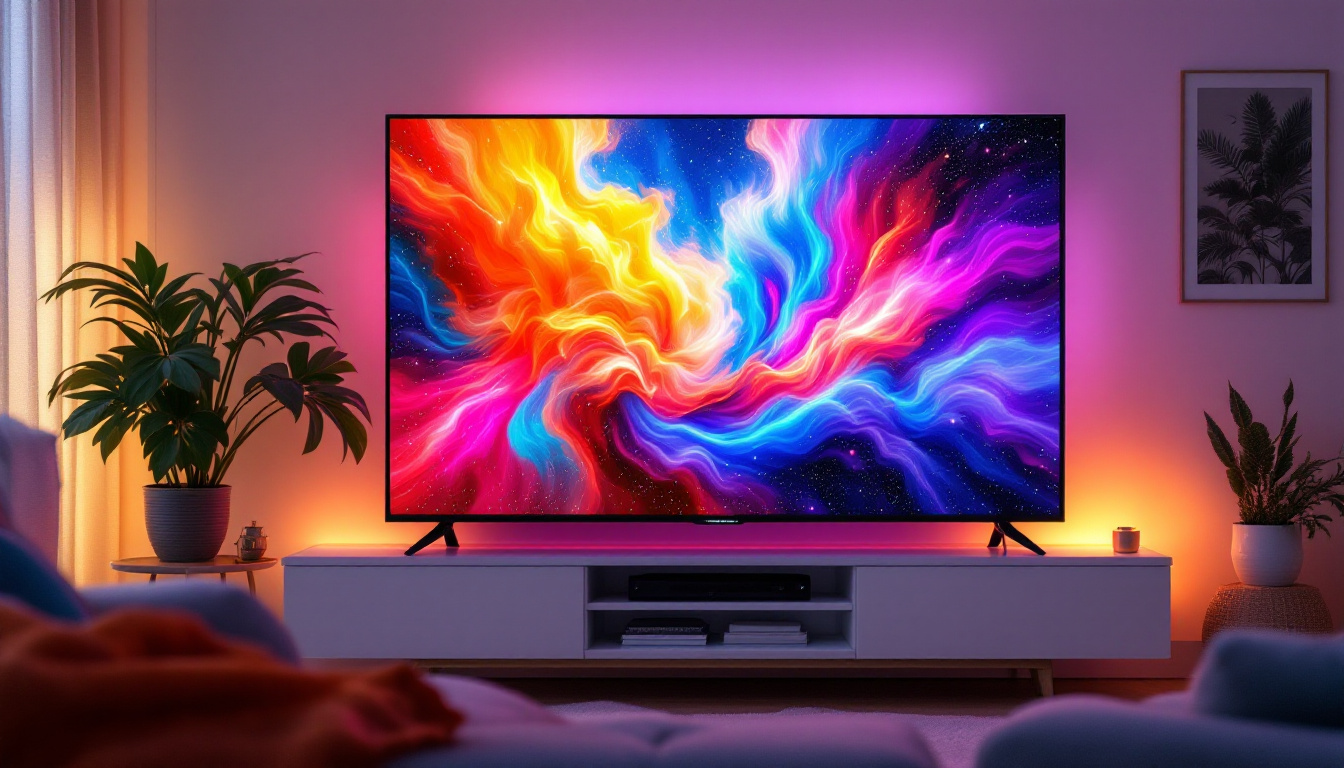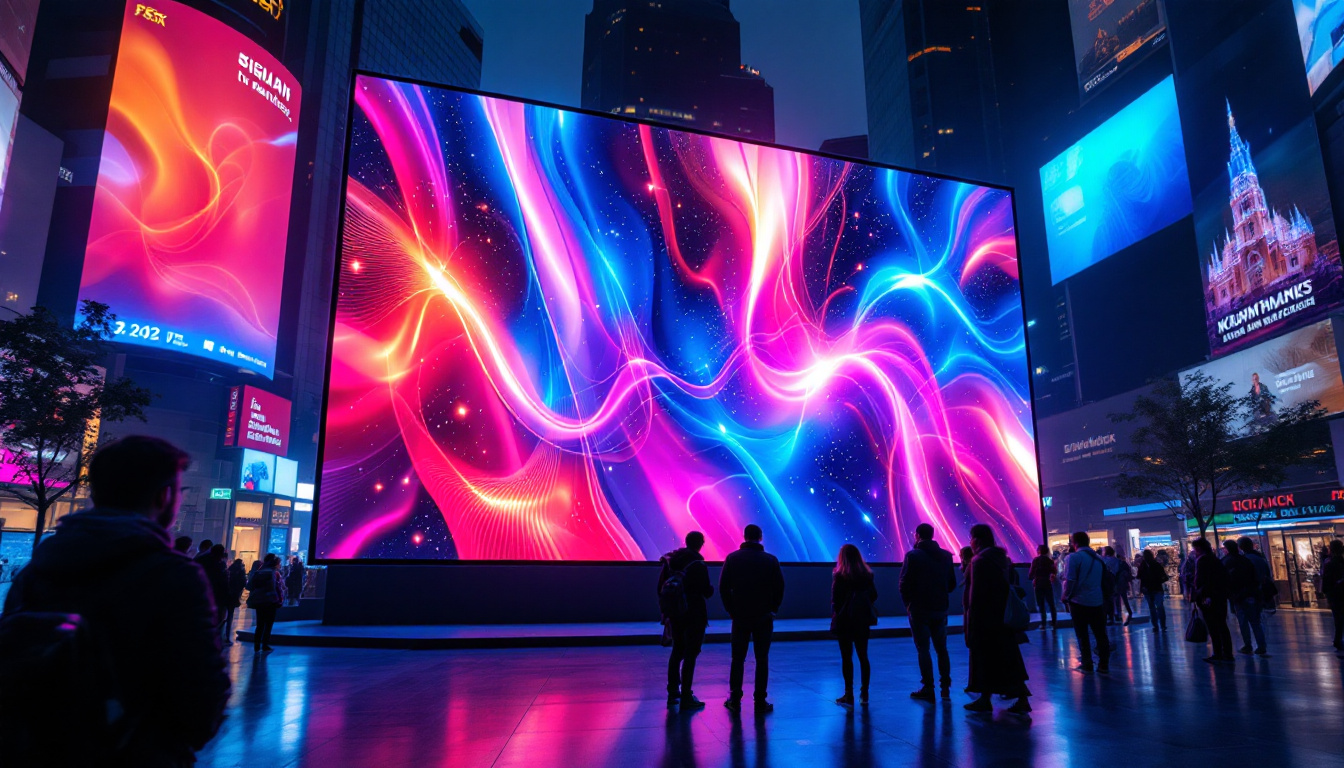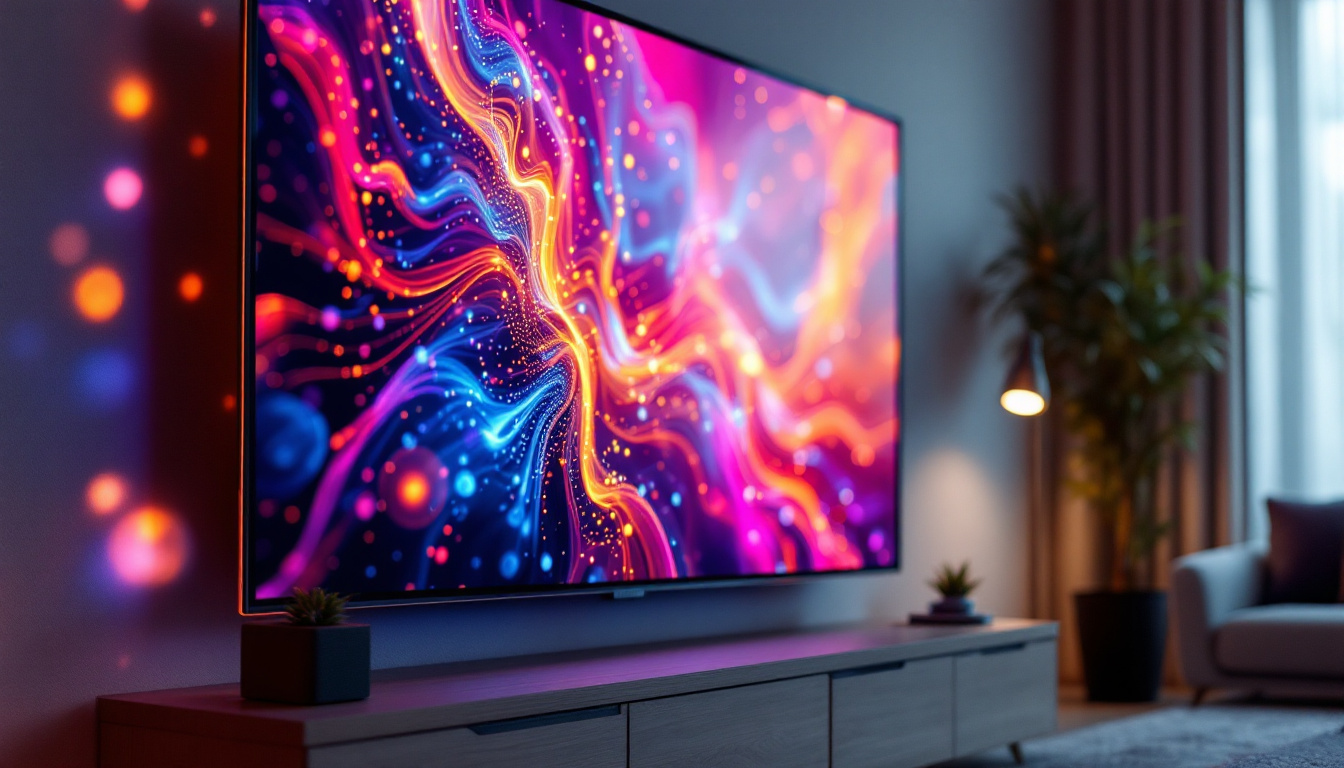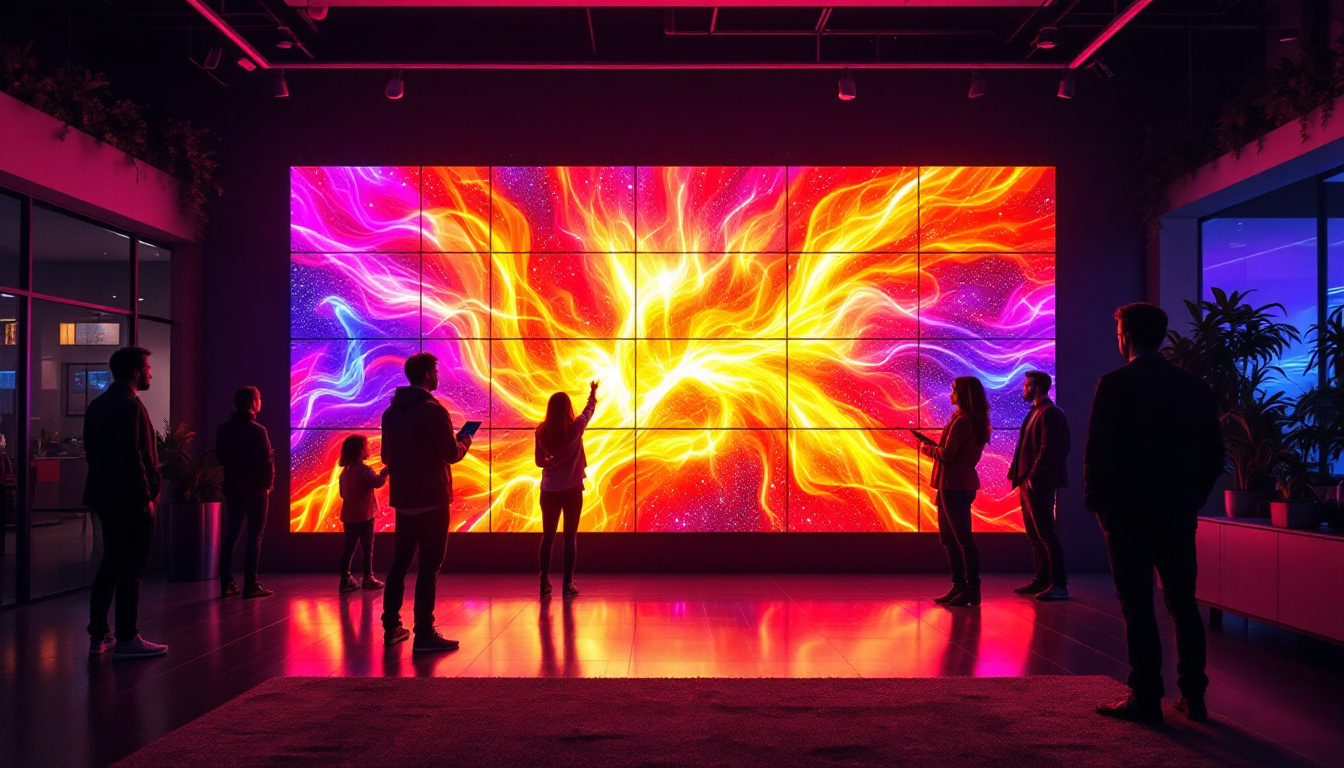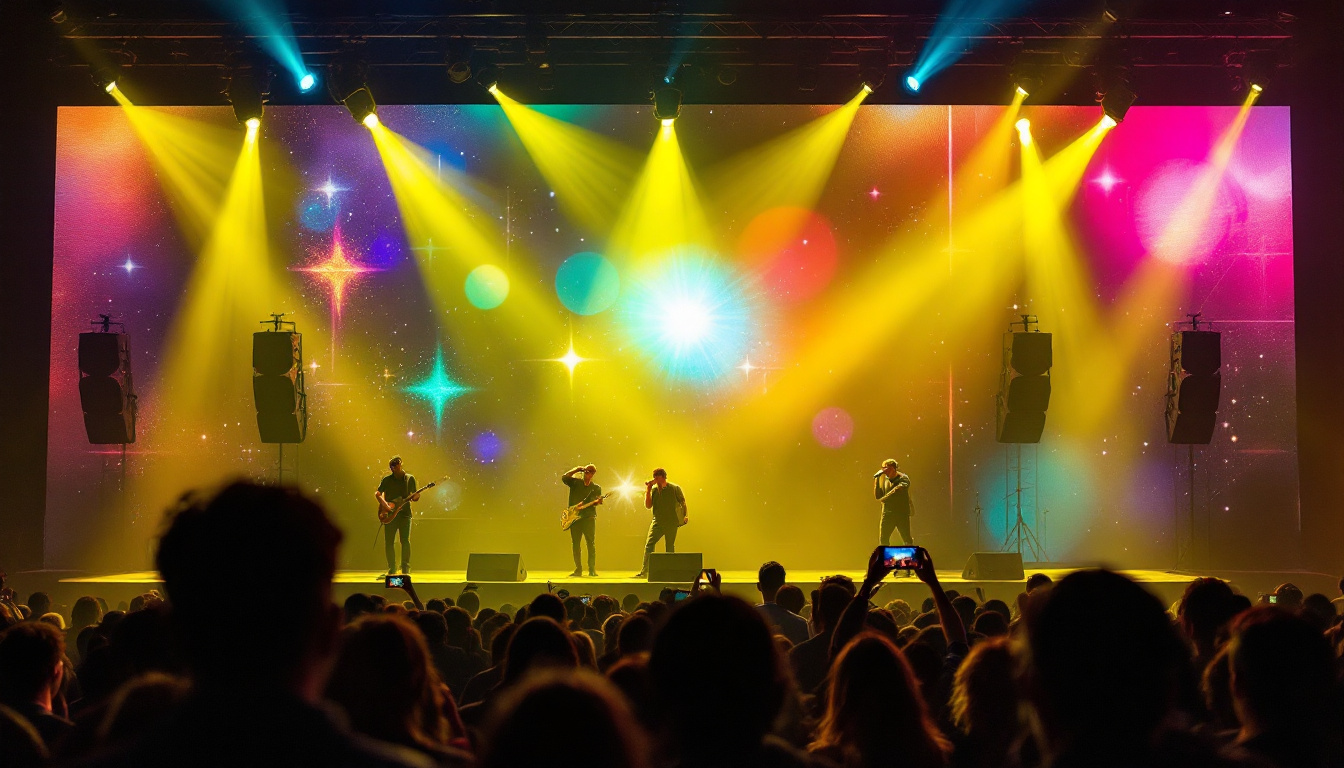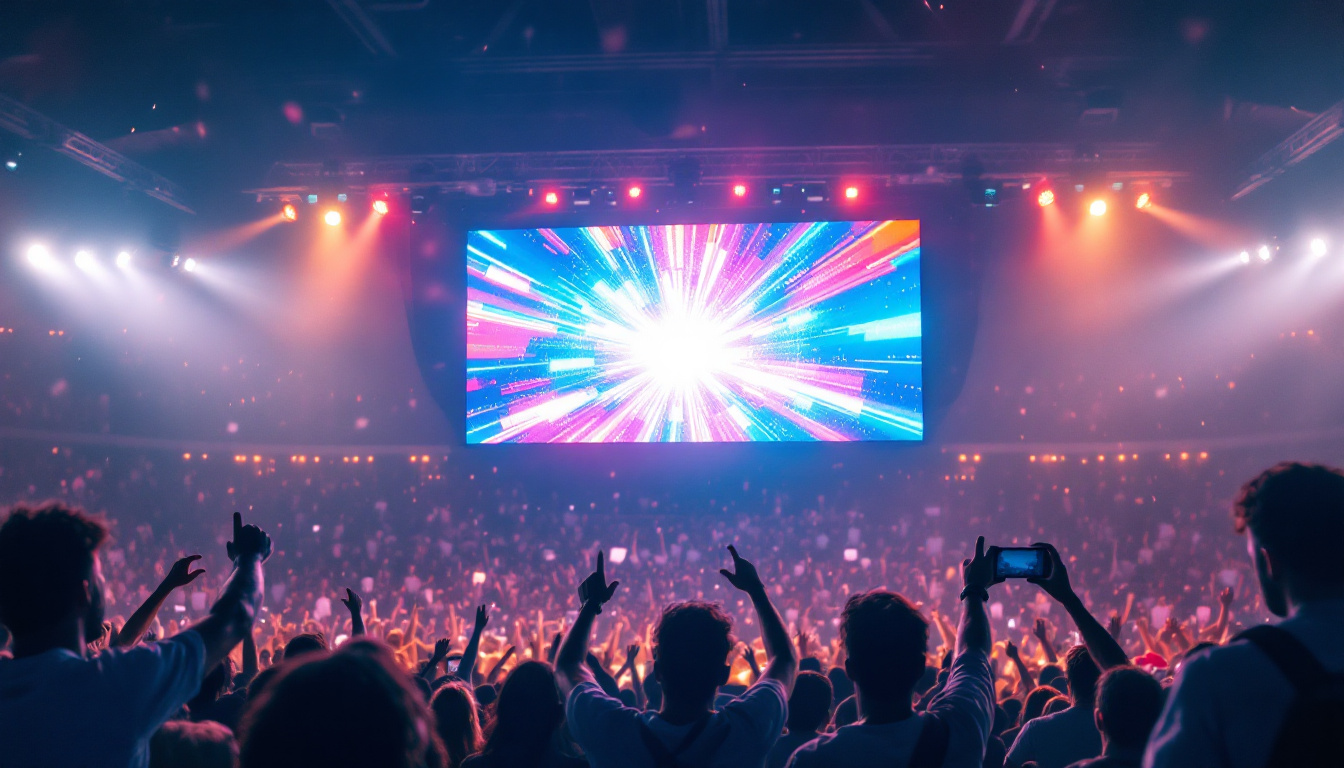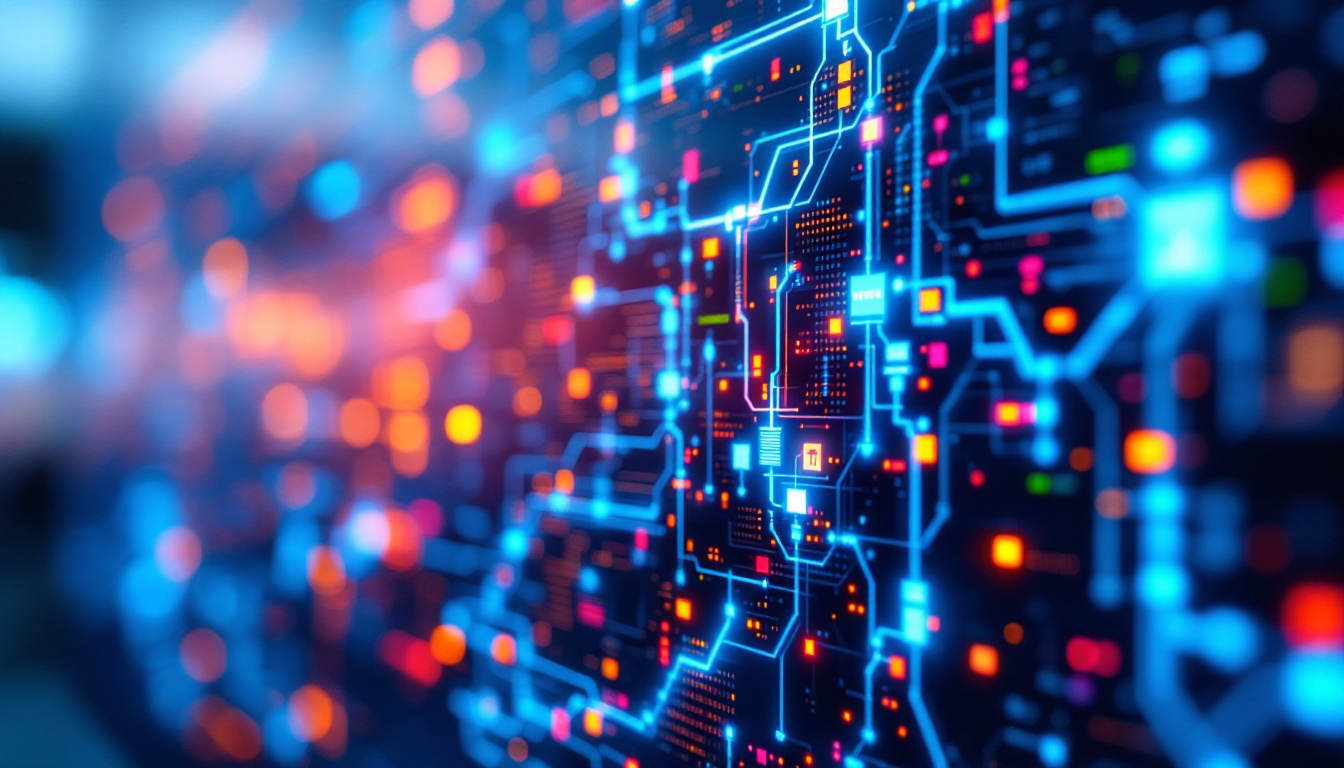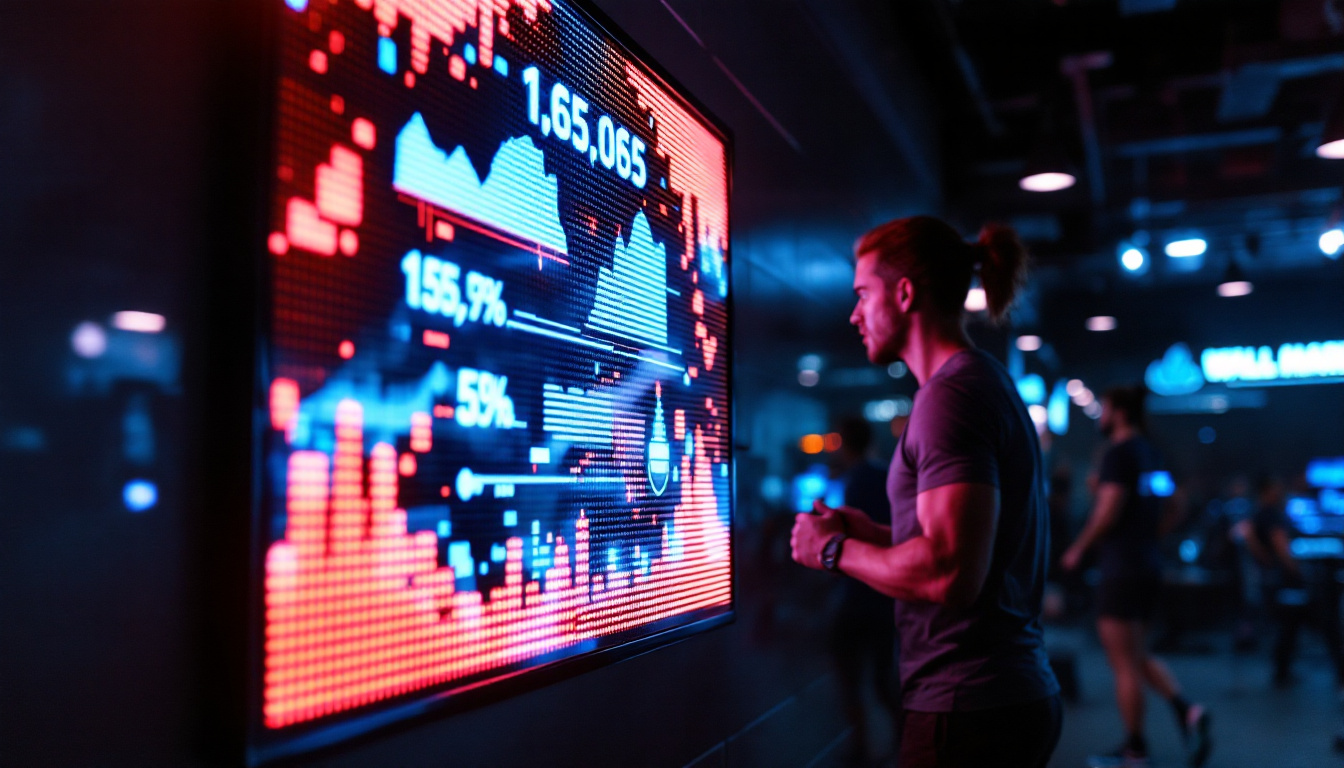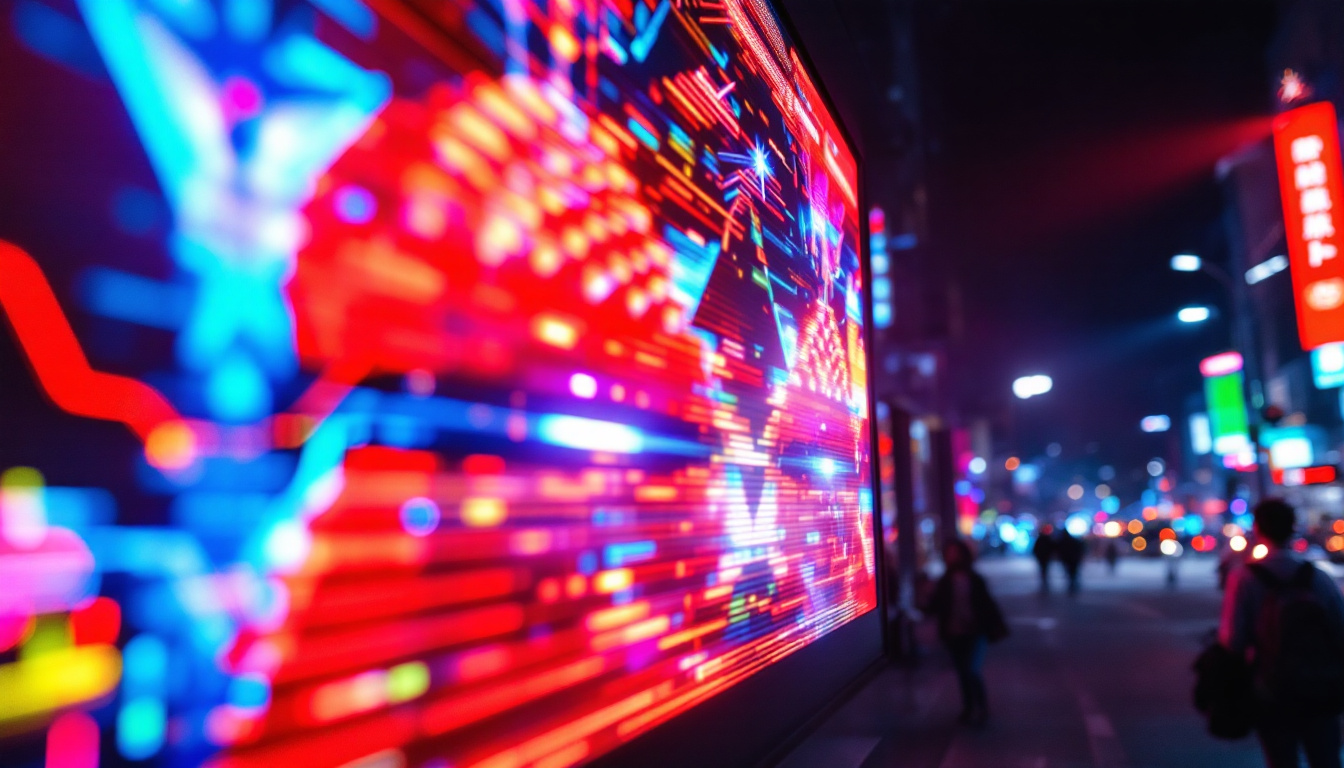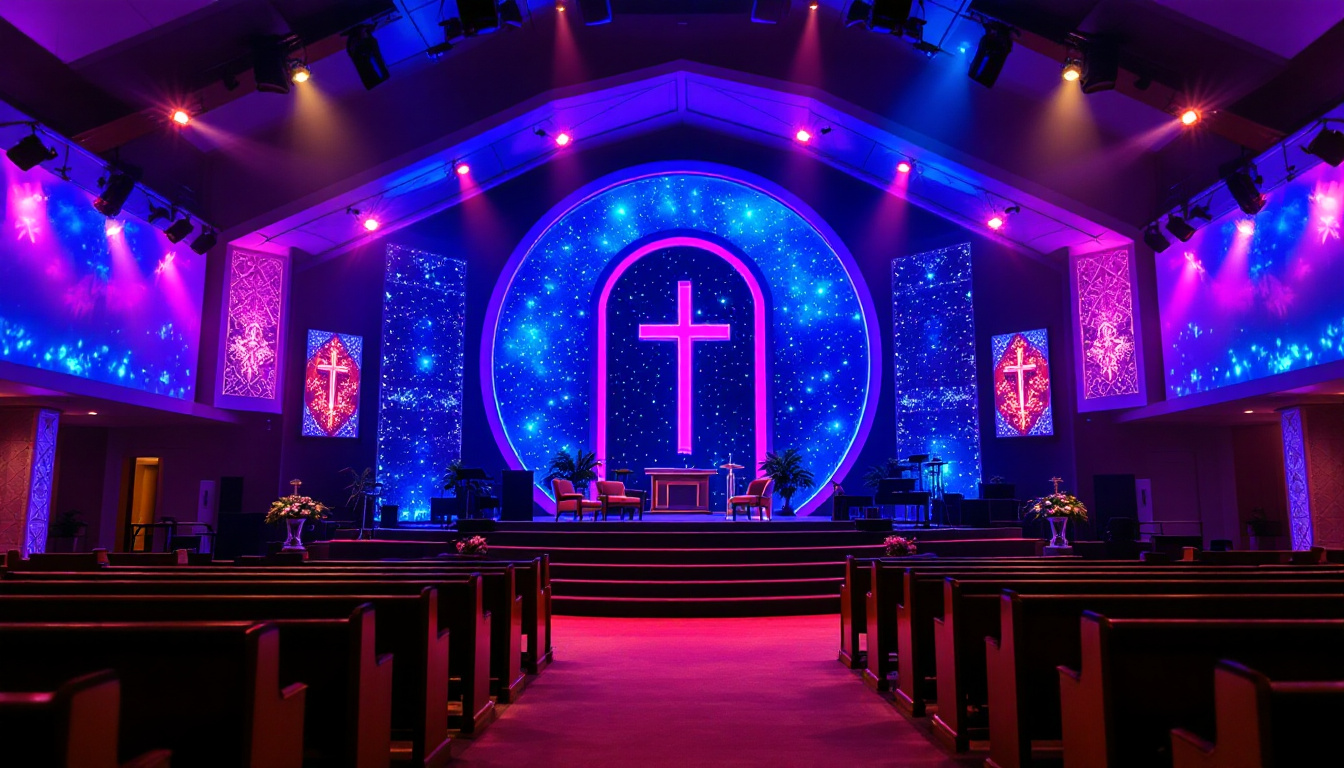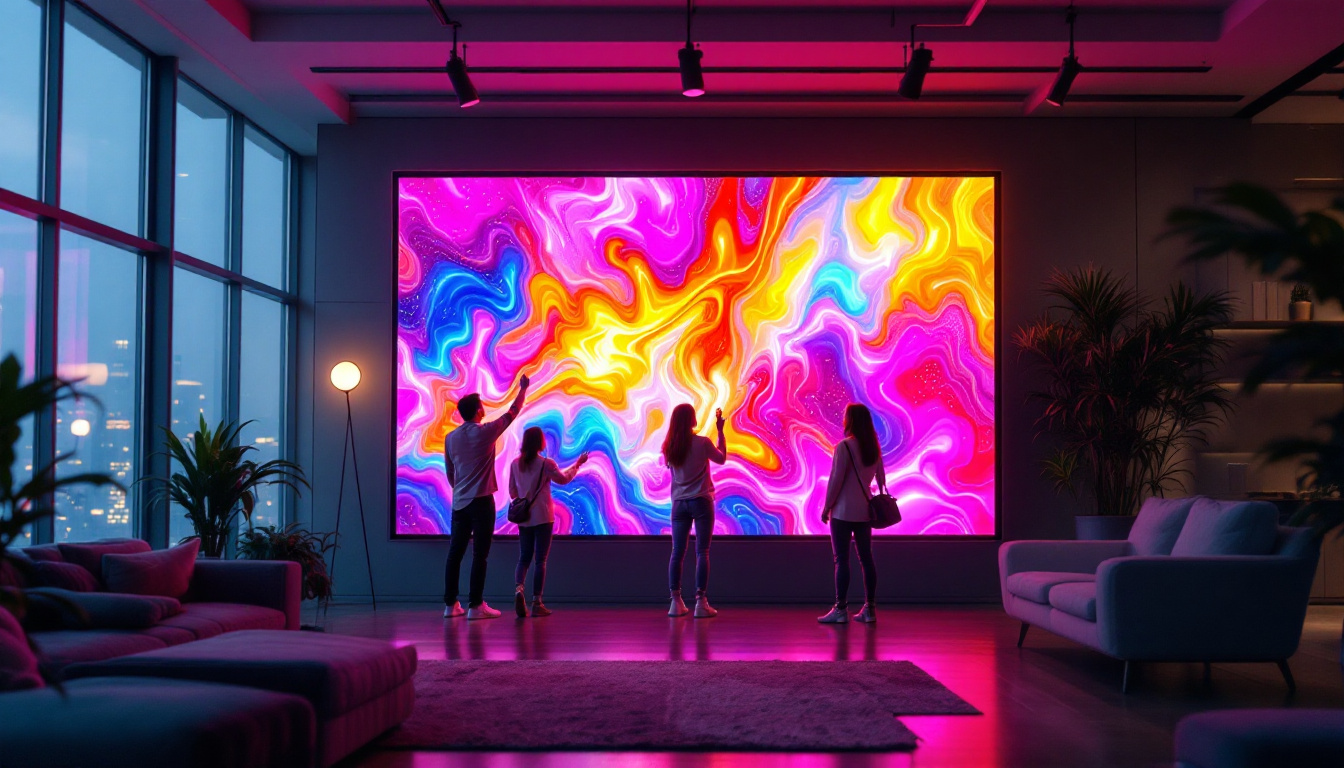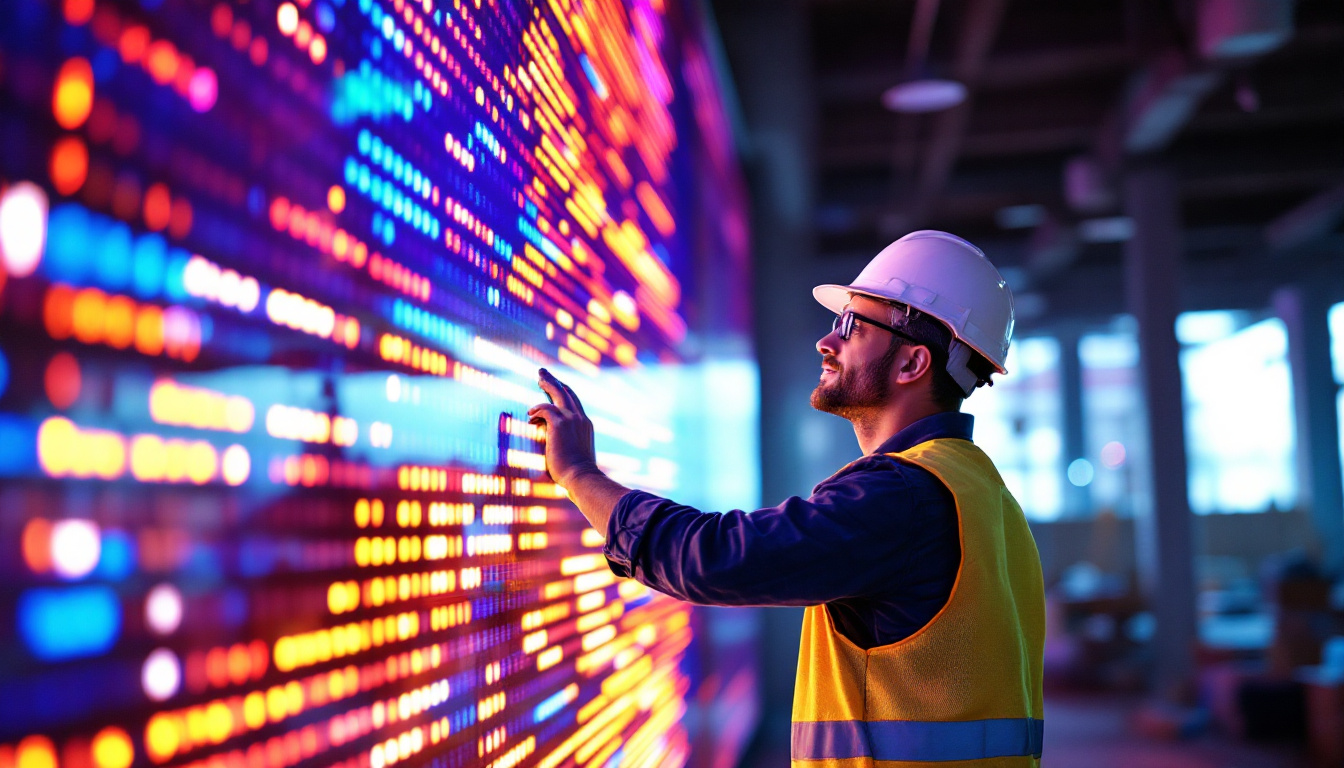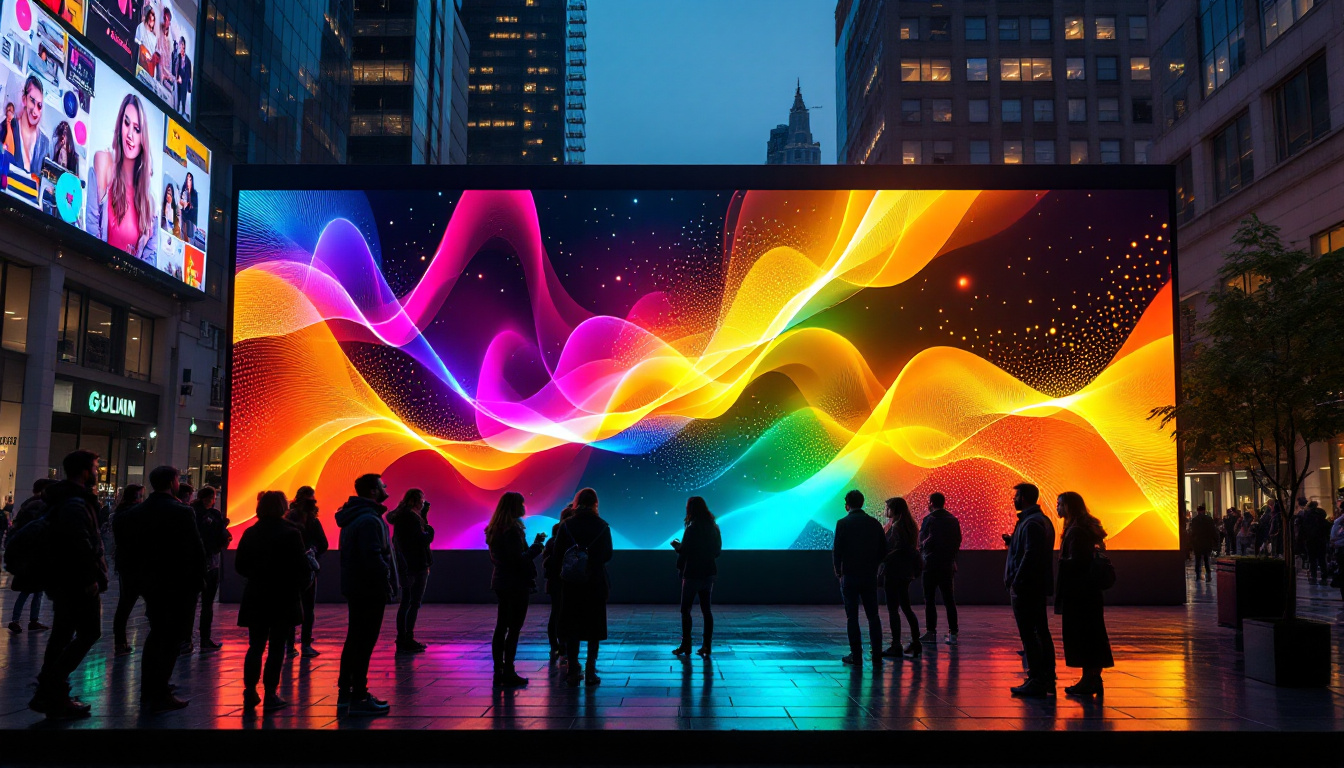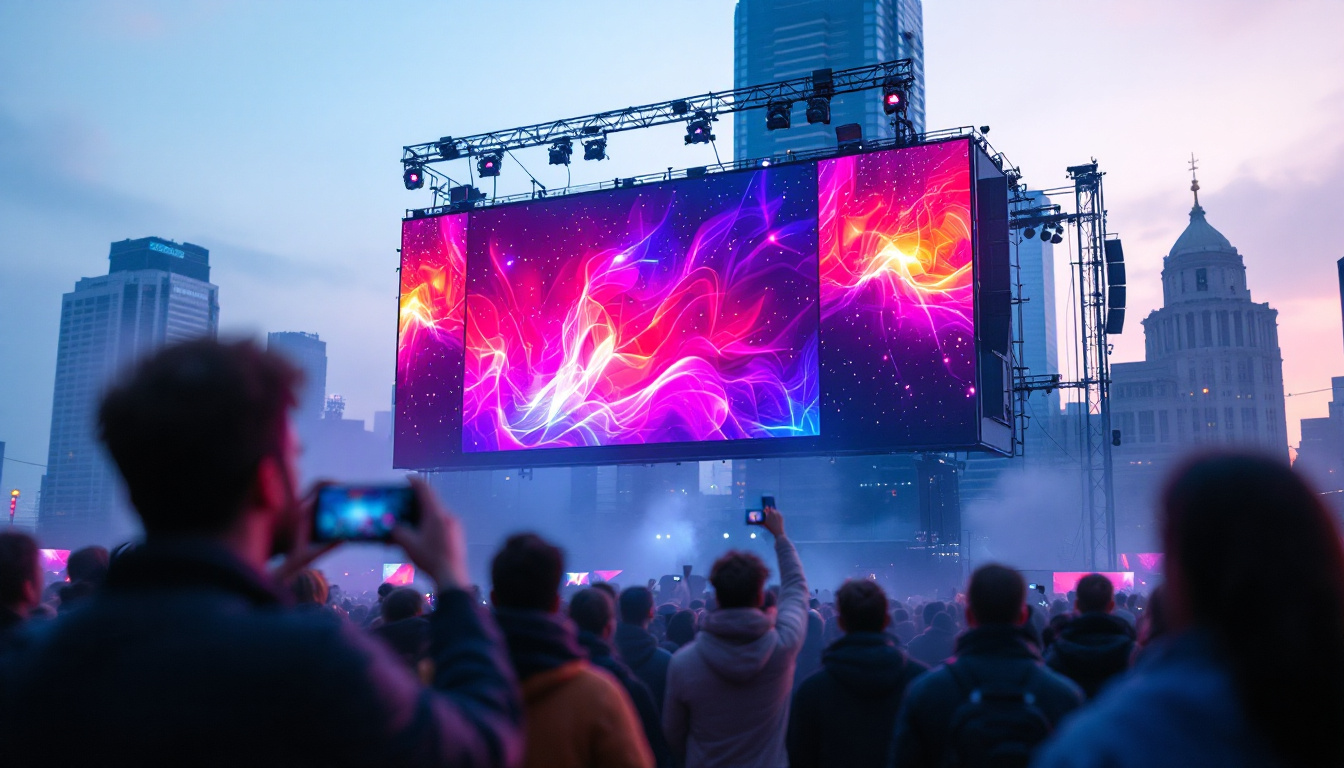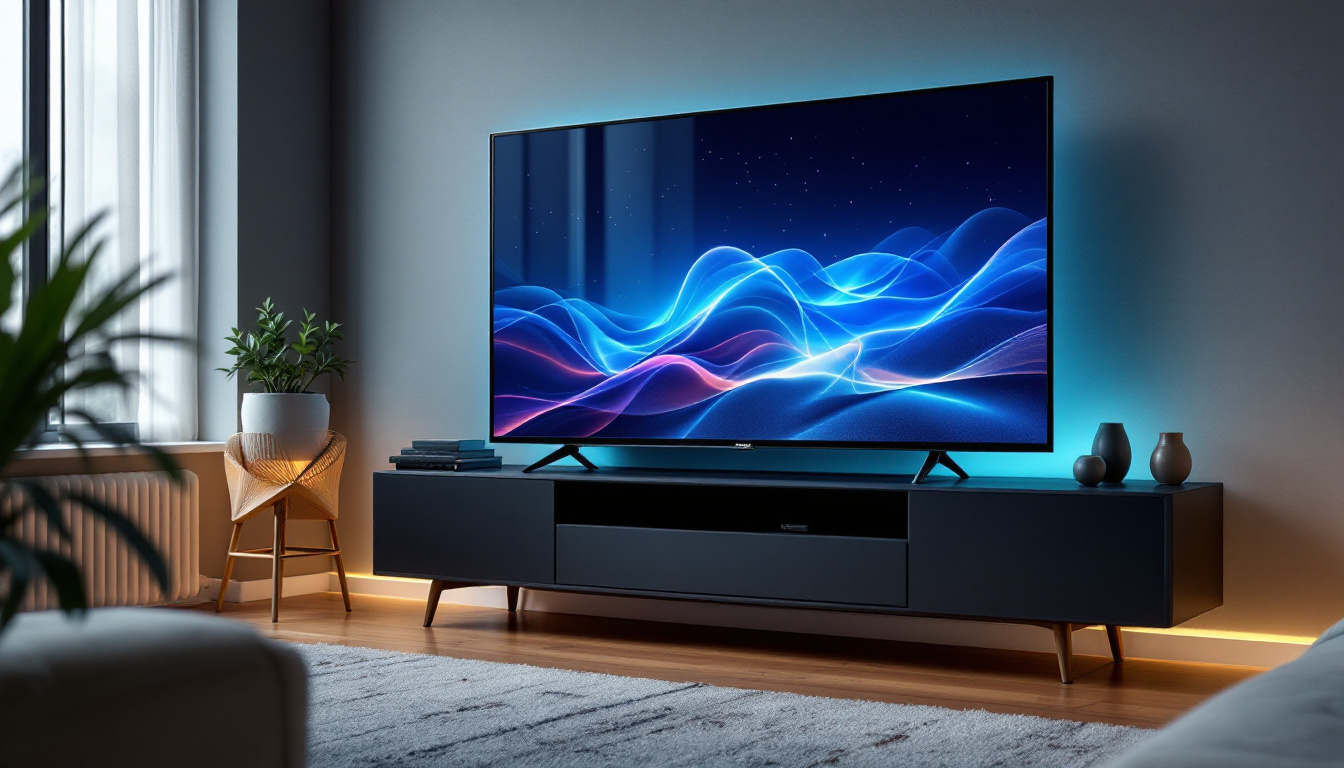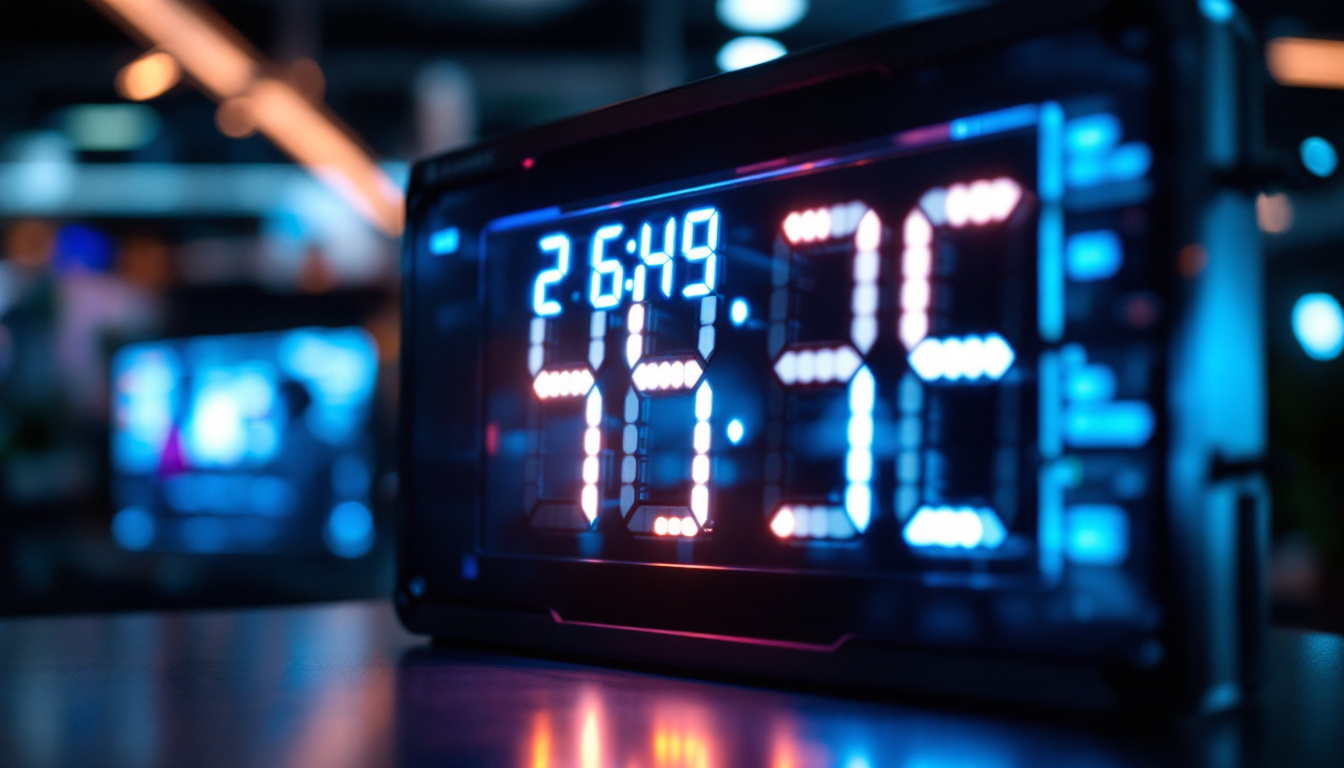In an era where visual communication dominates, LED displays have become an indispensable technology across industries. From advertising billboards towering over cityscapes to immersive stadium screens and dynamic retail signage, LED displays offer vibrant, energy-efficient solutions that capture attention and convey messages effectively. This article delves into the world of LED displays, explaining their technology, applications, advantages, and future trends, particularly focusing on how they are transforming visual experiences north of the wall—regions and markets that are rapidly adopting this technology.
Understanding LED Display Technology
What is an LED Display?
LED stands for Light Emitting Diode, a semiconductor device that emits light when an electric current passes through it. LED displays are composed of numerous tiny LEDs arranged in a matrix to form images, videos, or text. Unlike traditional LCD or plasma screens, LED displays use these diodes as individual pixels, which can be turned on or off independently to create high-resolution visuals.
The technology behind LED displays can be broadly categorized into two types: direct view LED and LED-backlit LCD. Direct view LED displays use LEDs as the light source and the image pixels themselves, providing superior brightness and contrast. In contrast, LED-backlit LCD screens use LEDs to illuminate an LCD panel, which modulates the light to produce images. This article primarily focuses on direct view LED displays, which are widely used in large-format applications. The versatility of LED technology has led to its adoption in various settings, from stadiums and concert venues to retail displays and transportation hubs, where vibrant visuals can capture attention and convey messages effectively.
How Do LED Displays Work?
Each pixel in an LED display consists of red, green, and blue LEDs. By varying the intensity of these three colors, the display can produce a full spectrum of colors visible to the human eye. The control system sends signals to each LED, adjusting brightness and color to form the desired image. The refresh rate, pixel pitch, and resolution determine the display’s clarity and smoothness.
Pixel pitch, the distance between the centers of two adjacent pixels, is a critical factor in LED display quality. Smaller pixel pitches result in higher resolution and better image detail, making them suitable for close viewing distances. Conversely, larger pixel pitches are ideal for outdoor billboards viewed from afar. Advances in miniaturization have enabled pixel pitches as low as 0.7mm, allowing LED displays to rival the sharpness of traditional screens. Furthermore, the durability and energy efficiency of LED technology contribute to its growing popularity; LED displays consume less power than their predecessors, reducing operational costs and environmental impact. Innovations such as flexible LED screens are also emerging, allowing for creative installations that can bend and shape to fit unique spaces, further expanding the possibilities of visual communication.
Applications of LED Displays North of the Wall
Outdoor Advertising and Digital Billboards
One of the most visible applications of LED displays is in outdoor advertising. Cities across northern regions have embraced digital billboards to replace static posters, offering dynamic content that can be updated remotely and frequently. According to recent market research, the global digital out-of-home (DOOH) advertising market is expected to grow at a compound annual growth rate (CAGR) of over 11% through 2027, driven by LED technology advancements.
LED billboards provide advertisers with the flexibility to display multiple ads in rotation, tailor content based on time of day or weather conditions, and engage audiences with vibrant, eye-catching visuals. For example, in cities like Edinburgh and Newcastle, LED advertising panels have become prominent fixtures, enhancing urban aesthetics while generating significant advertising revenue.
Sports and Entertainment Venues
Sports arenas and concert venues have adopted LED displays to elevate the spectator experience. High-resolution LED screens offer live video feeds, instant replays, and interactive content, keeping audiences engaged. The ability to display bright, clear images even under direct sunlight or stadium lighting is a key advantage of LED technology.
Stadiums north of the wall, such as those in Glasgow and Manchester, have invested heavily in large-scale LED installations. These displays not only enhance fan engagement but also open new revenue streams through sponsorships and advertising. Moreover, the modular nature of LED panels allows venues to customize screen sizes and shapes to fit architectural designs and event requirements.
Retail and Corporate Environments
Retailers and corporate offices are increasingly using LED displays for branding, information dissemination, and customer engagement. In shopping centers and storefronts, LED screens attract foot traffic with dynamic promotions and interactive content. Corporations utilize LED walls in lobbies and conference rooms for presentations, digital signage, and immersive brand storytelling.
In northern commercial hubs, LED displays have become a symbol of modernity and innovation. Their energy efficiency and long lifespan make them a cost-effective solution for businesses aiming to enhance their visual communication without incurring excessive operational costs.
Advantages of LED Displays Over Traditional Screens
Superior Brightness and Visibility
LED displays excel in brightness, often reaching levels of 5,000 nits or more, which is significantly higher than LCD or plasma screens. This makes them ideal for outdoor environments where ambient light can wash out less bright displays. The high contrast ratio of LEDs also ensures vivid colors and deep blacks, enhancing image quality.
For regions with long daylight hours during summer months, such as northern Europe, this brightness advantage is particularly valuable. LED displays maintain visibility and impact regardless of weather or lighting conditions, ensuring messages are seen clearly at all times.
Energy Efficiency and Longevity
Compared to traditional lighting and display technologies, LEDs consume less power while delivering higher brightness. This energy efficiency translates into lower operating costs and reduced environmental impact, aligning with sustainability goals increasingly prioritized by businesses and municipalities.
Additionally, LED displays have a longer lifespan, often exceeding 100,000 hours of operation. This durability reduces maintenance frequency and costs, making LED solutions a wise investment for long-term installations.
Flexibility and Customization
LED displays offer unparalleled flexibility in size, shape, and resolution. Modular panels can be combined to create massive video walls or curved installations that conform to architectural features. This adaptability allows designers and advertisers to craft unique visual experiences tailored to specific environments.
Furthermore, LED technology supports a wide range of content formats, from static images to high-definition video and interactive applications. This versatility enables creative freedom and enhances audience engagement across various sectors.
Challenges and Considerations in LED Display Deployment
Initial Investment and Installation Complexity
While LED displays offer long-term benefits, the initial cost can be significant, especially for high-resolution or large-scale installations. Budget planning must account for the purchase price, installation, and integration with existing systems.
Installation complexity varies depending on the display size, location, and environmental conditions. Outdoor installations require weatherproofing, structural support, and compliance with local regulations. Engaging experienced professionals ensures that these challenges are managed effectively.
Maintenance and Technical Support
Despite their durability, LED displays require regular maintenance to sustain optimal performance. This includes cleaning, firmware updates, and occasional repairs of individual modules. Establishing a maintenance schedule and securing reliable technical support are essential for minimizing downtime.
In northern climates, additional considerations such as protection against moisture, temperature fluctuations, and snow accumulation must be addressed to preserve display integrity.
Content Management and Audience Engagement
Effective use of LED displays depends on compelling content and strategic scheduling. Content management systems (CMS) enable remote control and real-time updates, but require skilled operators to maximize impact. Understanding the target audience and tailoring messages accordingly enhances engagement and return on investment.
Data analytics integrated with LED display platforms can provide insights into viewer behavior and campaign effectiveness, allowing continuous optimization.
The Future of LED Displays: Innovations and Trends
MicroLED and MiniLED Technologies
Emerging technologies like MicroLED and MiniLED promise to revolutionize the LED display market. MicroLEDs are smaller, more efficient, and capable of producing even higher resolutions and contrast ratios. These advances will enable ultra-thin, flexible displays with exceptional image quality.
MiniLED technology, which uses smaller LEDs for backlighting in LCD panels, offers improved brightness and contrast at a lower cost, bridging the gap between traditional LCD and direct view LED displays.
Integration with Smart Technologies
LED displays are increasingly integrated with smart technologies such as IoT sensors, AI-driven content management, and augmented reality (AR). These integrations enable personalized advertising, interactive experiences, and real-time responsiveness to environmental factors.
For instance, digital billboards can adjust content based on pedestrian density, weather conditions, or social media trends, creating dynamic and contextually relevant messaging.
Sustainability and Eco-Friendly Innovations
As environmental concerns grow, LED display manufacturers are focusing on eco-friendly materials, energy-saving designs, and recyclability. Innovations include the use of biodegradable components and solar-powered LED installations, reducing the carbon footprint of digital signage.
These sustainable practices resonate with environmentally conscious consumers and support corporate social responsibility initiatives, particularly important in regions committed to green policies.
Conclusion: Illuminating the Path Forward
LED displays have transformed the way information and advertising are presented, offering unmatched brightness, flexibility, and efficiency. North of the wall, this technology is driving innovation in urban landscapes, entertainment venues, retail spaces, and corporate environments. While challenges such as upfront costs and maintenance exist, the long-term benefits and evolving technological advancements make LED displays a compelling choice for modern visual communication.
As the market continues to grow and innovations like MicroLED and smart integrations emerge, LED displays will play an even more significant role in shaping immersive, engaging, and sustainable visual experiences. For businesses and municipalities looking to capture attention and communicate effectively, understanding the nuances of LED technology is essential to harnessing its full potential.
Explore Cutting-Edge Visual Solutions with LumenMatrix
Ready to elevate your visual communication and captivate your audience with unparalleled clarity and impact? Discover LumenMatrix’s innovative range of LED display solutions, including Indoor and Outdoor LED Wall Displays, Vehicle LED Displays, LED Poster Displays, LED Sports Displays, Floor LED Displays, Custom LED Displays, All-in-One LED Displays, and LED Transparent Displays. Embrace the future of digital signage with LumenMatrix and transform your space into a dynamic environment. Check out LumenMatrix LED Display Solutions today and join the revolution in visual storytelling.

